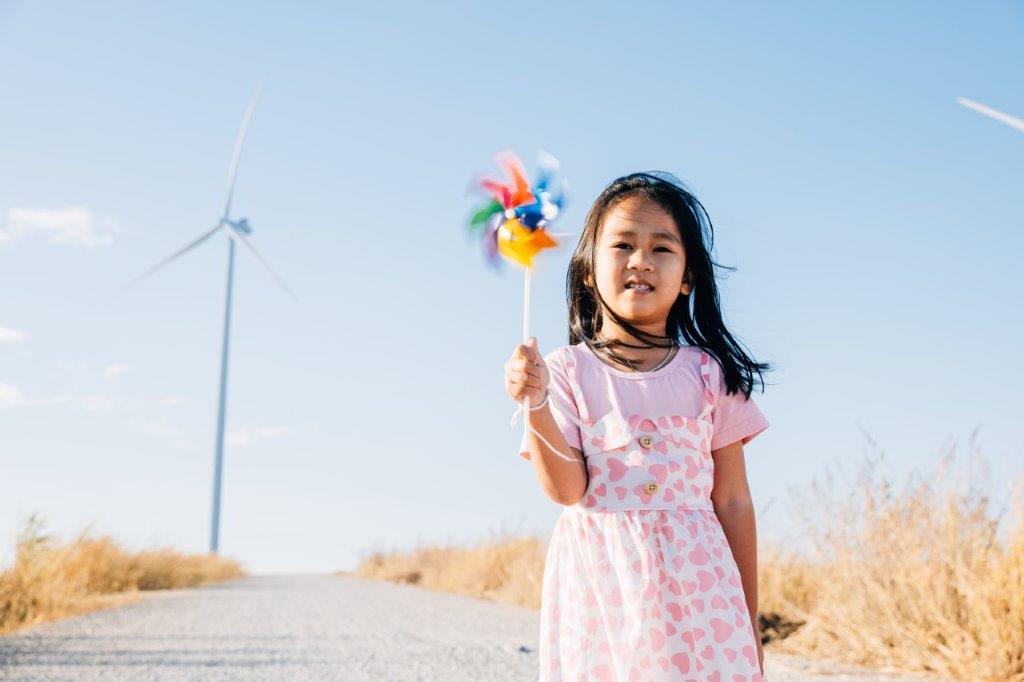Summer months are a time when children spend more time outdoors, but temperatures and humidity increase. Therefore, it’s crucial to protect children from the harmful effects of the sun and to dress them appropriately to prevent heatstroke, dehydration, and skin problems. One of the most important issues for families is how to use air conditioning at home or in the car.
1. Weather Monitoring and Clothing Selection
Children are more sensitive to heat because their thermoregulatory mechanisms are less developed than adults. Therefore, they should be dressed according to the air temperature and humidity.
– If the temperature is above 26°C: A single layer of thin, light-colored cotton clothing should be chosen. Synthetic fabrics increase sweating and can cause skin irritation.
– If the humidity is above 60%: Sweat evaporation becomes more difficult, and children overheat more quickly. In this case, looser, breathable clothing should be chosen.
– Shoes: Instead of sweaty plastic shoes, breathable sandals with absorbent soles or lightweight shoes worn with cotton socks are suitable.
– Sun protection: It is important to wear a wide-brimmed hat, UV-filtering sunglasses, and avoid prolonged outdoor time between 11:00 AM and 4:00 PM.
2. Differences Between Day and Night
While temperatures can be very high during the day, sudden coolness can occur in the evening. It’s especially helpful to have a spare thin cardigan for children in humid areas like the seaside.
3. Air Conditioning: When and How?
While air conditioning provides relief in the summer, it can cause respiratory infections, muscle aches, and allergic reactions if not used correctly for children.
– Ideal room temperature: The indoor temperature set by the air conditioner should be between 24–26°C. This measurement should be taken with a room thermometer, not an air conditioner thermostat.
– Humidity Balance: Because air conditioning dries the air, it’s recommended to maintain a humidity level of 40–60%. This can be supplemented with humidifiers if necessary. Alternatively, if the humidity is high, dehumidifiers may be necessary.
– Direct air blowing should be avoided: Air conditioners should not blow directly on the child. The head and body areas should be protected from cold air.
– Filter Cleaning: Air conditioner filters should be cleaned or replaced regularly; Otherwise, dust, mold, and bacteria can spread. External filters should be cleaned weekly.
– Vehicle air conditioning: Before a child gets in the vehicle, the interior should be ventilated, and even if the air conditioning is on, the windows should be left open for a while. The air conditioning temperature should be at most 6-7 degrees lower than the outside temperature.
4. Practical Tips for Families
– Regardless of what children are dressed in, the neck, back, and abdomen should be checked regularly; any sweating or chills should be monitored.
– To protect against sunburn, babies should use sunscreen with a physical filter, and babies under 6 months should not be exposed to direct sunlight.
– Adequate fluid intake should be ensured; water consumption should be reminded during play breaks.
Appropriately dressing children during the summer months both protects them from the adverse effects of hot weather and makes them feel more comfortable. Air conditioning, when used in the right conditions, provides coolness, but if not used with caution, can lead to health problems. With a conscious approach from families, children can enjoy the summer both safely and enjoyably.
Best regards,
Spec. Dr. Gizem Güngör Takeş

